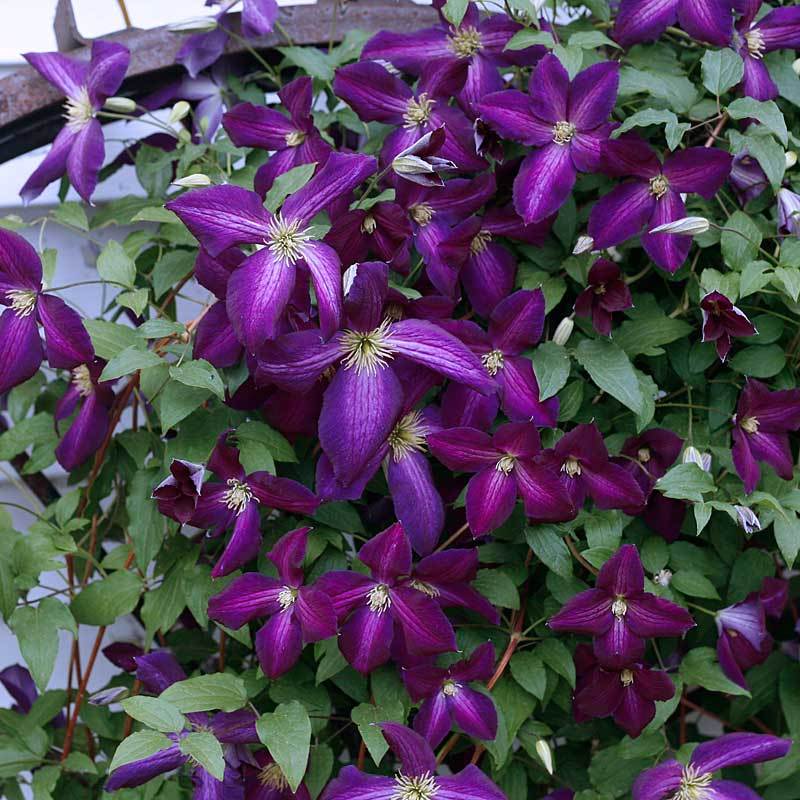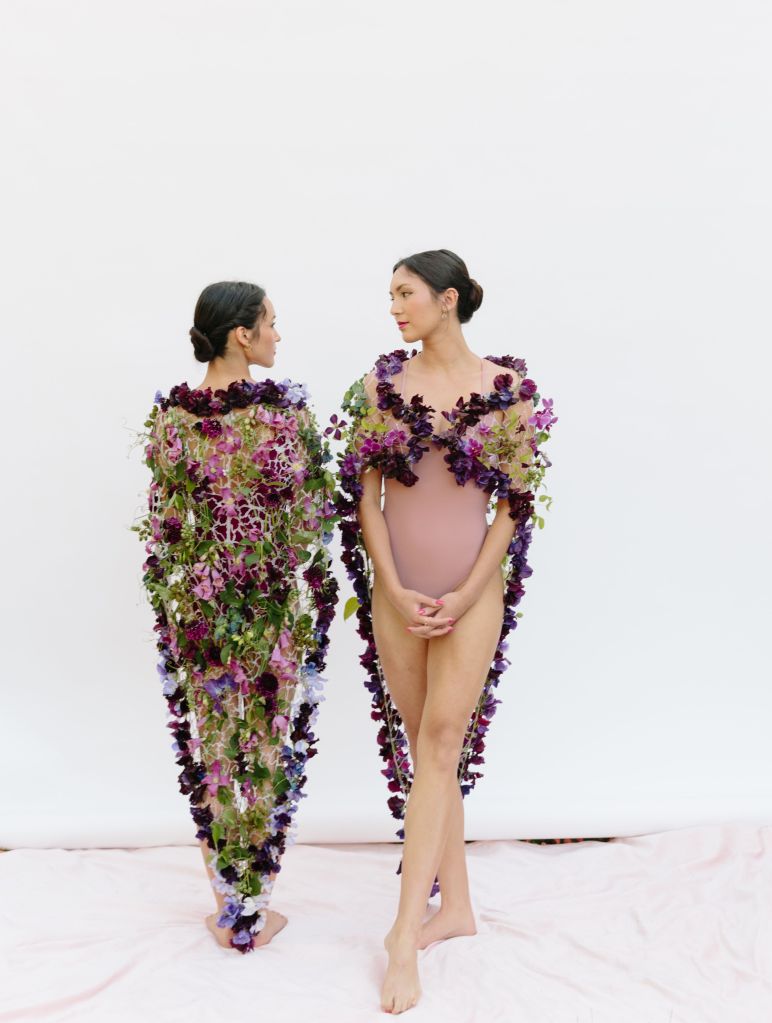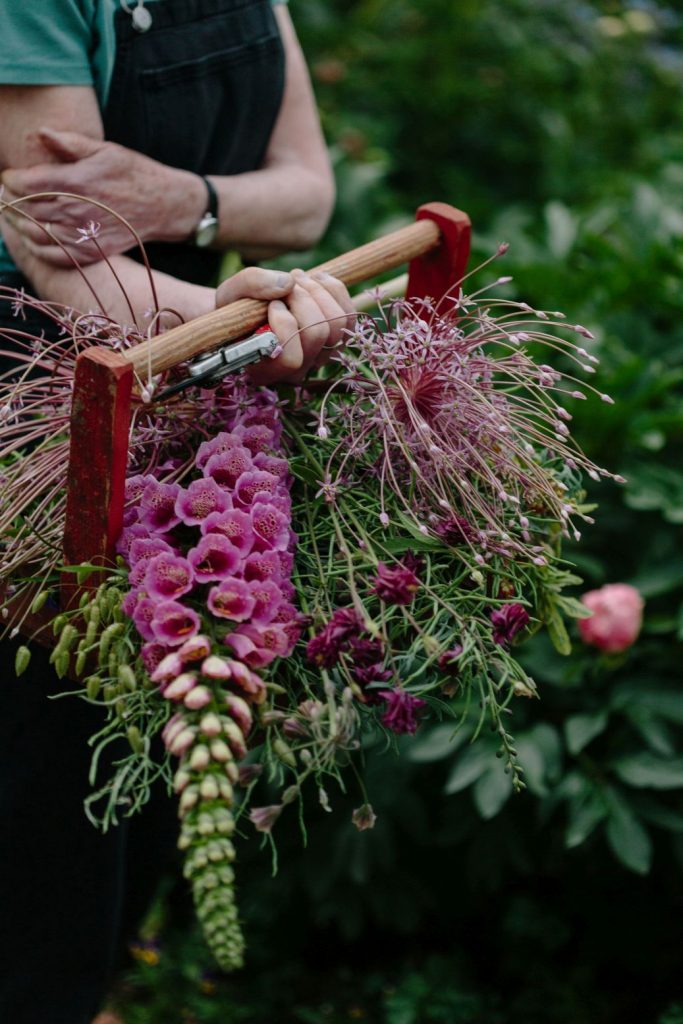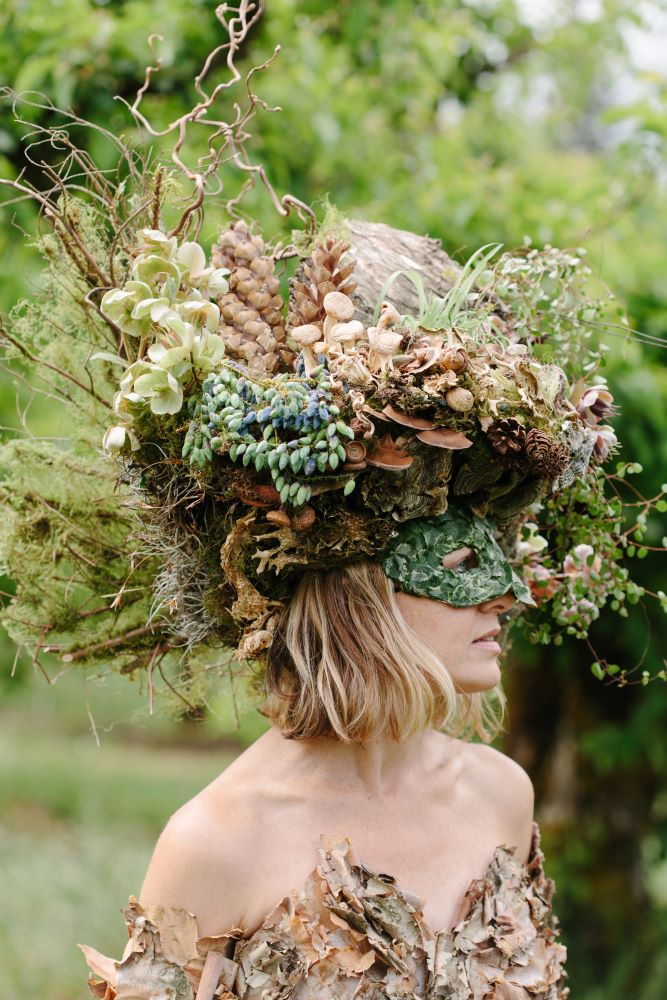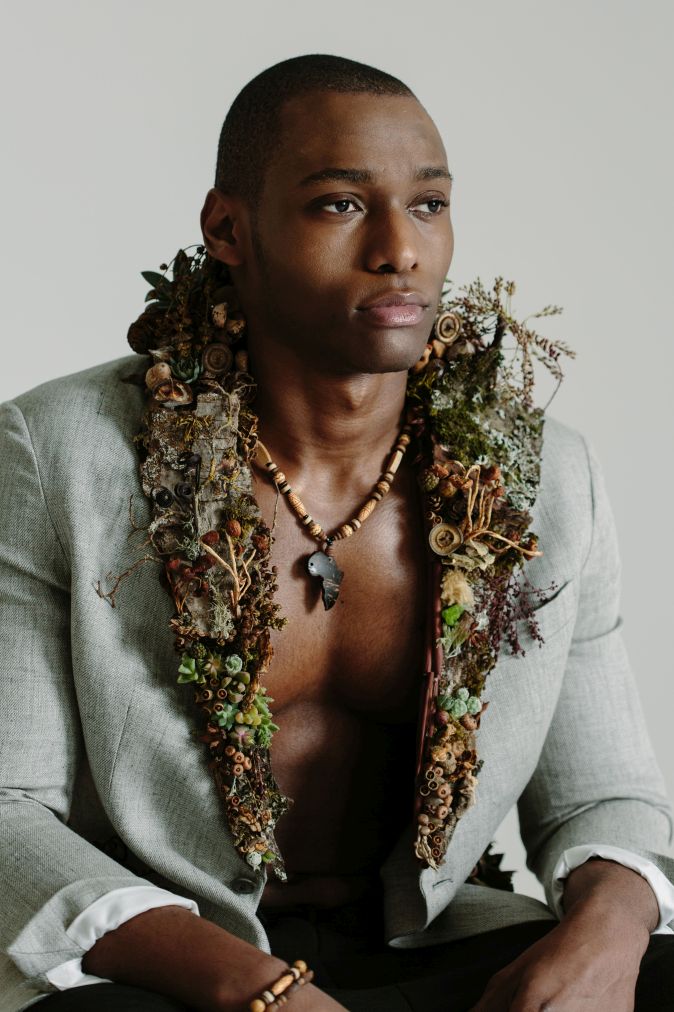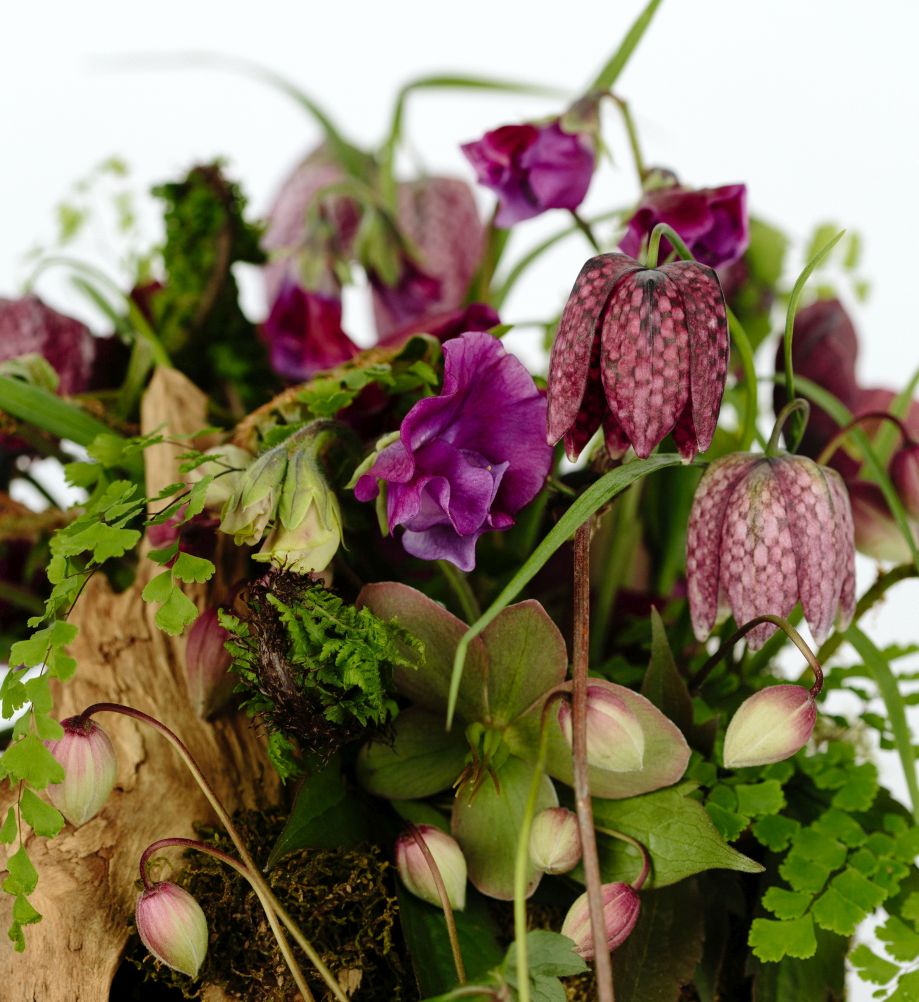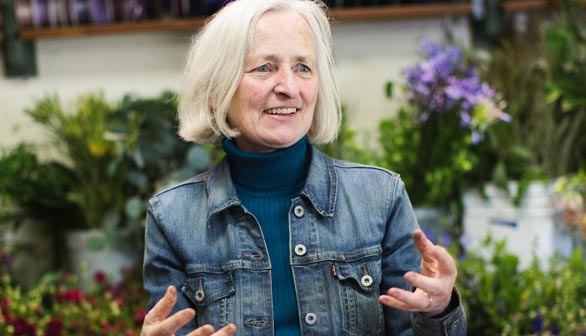Clematis
A favorite vine! Clematis garden hybrids have been very popular with gardeners; more hybrid cultivars are being produced constantly. The Rogerson Clematis Garden, just south of Portland, OR, displays 2000 individual clematis, representing over 900 distinct species. Many varieties have the most exquisite seedpods!
Clematis plants are among the most popular and attractive flowering vines. These plants include woody, deciduous vines as well as herbaceous and evergreen varieties. They also vary greatly among species, with different flowering forms, colors, and blooming seasons, though most bloom sometime between early spring and fall. Growing clematis successfully depends on the type chosen, however, most plants share the same basic growing requirements.
These vines prefer sunny locations (at least six hours needed for blooming), but it is very important that the soil is kept cool. This can be accomplished by adding a 2″ layer of mulch to keep the roots moist and cool. Another way to go about it is to plant low growing perennials or a ground cover at the base of the clematis. These gorgeous vines need to be supported either by growing them along a trellis or fence or on an arbor; the smaller varieties can be supported by poles.
Early spring blooming varieties should be pruned back as soon as possible following their blooming but before July, as they bud on previous season’s growth. Large flowering types that bloom in mid-spring should be cut back to the topmost buds in late winter/early spring. Late-blooming varieties should be pruned back above a pair of healthy buds, removing the spindly and damaged growth above. Avoid heavy pruning. .
Clematis are a wonderful vine to design with as they create beautiful movement in woodland design and in bridal work. They also are perfect for botanical couture.
Thank you Theresa Bear and Ted Mishima for the beautiful images!
